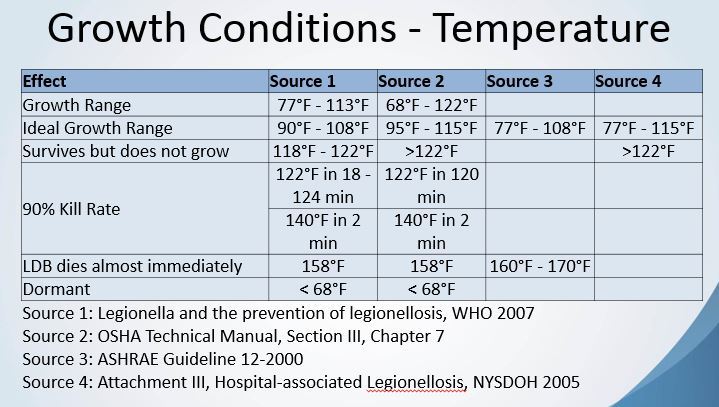Domestic hot water supply temperatures and the recirculation system control are receiving a great deal of attention these days. Concerns about legionella growth with low-temperature stagnant flow and scalding at high temperatures are the subject of many publications. How do we incorporate energy-saving ECM smart pumps in domestic hot water recirculation application? This is the subject of this week’s R. L. Deppmann Monday Morning Minutes.
Basic Service Water Recirculation Systems

I’ll start with the assumption that the reader knows how to size a domestic hot water recirculation system pump. Once I complete this article on ECM Smart Pumps applied to recirculation systems, I will go back and spend a few weeks reviewing the basics. Here are some basic assumptions in our example.
Let’s assume a commercial domestic hot water piping system was designed to provide a temperature at the last fixture of 10°F below the supply temperature from the mechanical equipment room. Let’s also assume the water heater supply temperature is 140°F and the system design incorporates a master mixer valve or ASSE 1017 valve to reduce the supply to the system down to 120°F. This means the water temperature at the end of the supply piping could be about 110°F. If we assume a few more degrees drop in the insulated hot water return piping, the return temperature to the heater would be about 105°F.
If you look at a previous R. L. Deppmann Monday Morning Minute, the following chart is shown.
Our 105°F temperature is in the ideal growth range. In addition, many energy codes and standards indicate the use of a means of turning the pump off when the return temperature is met. This may save energy but also may produce a stagnant point in the piping system.
How can we save energy but avoid stopping the pump?
Using the ECM Smart Pump in Domestic Hot Water Recirculation
In our example, we could also use a B&G Ecocirc®-XL Smart ECM Bronze Circulator pump. The model XL-20-35 has the same horsepower as the less expensive bronze constant speed circulator. The difference is in the ECM motor, so we will pick up about 20% energy in motor efficiency. In addition, because it is a Bell & Gossett smart pump with logic built in, we can use the internal temperature sensor and set it to vary the speed to maintain 105°F in the pump.
Most domestic water recirculation systems use manual or automatic fixed flow balance valves at the branches. The flow does not change most of the day. If we added a safety factor to the pump, the ECM electronics will reduce the speed and save energy. If the temperature design drop in the system was overstated or the piping length was less than expected, the temperature sensor will sense an increase and reduce the speed. Both of these save energy while not cycling the pump on and off.
When the engineer does an energy analysis for the benefit of the B&G Ecocirc-XL smart pump in this small application, there will be significant percentage savings. When they do a cost analysis, the pump is so small that it may result in a long payback period. The real reason you would consider using the smart pump in this application is to maintain the lower energy use while avoiding turning the pump off.


